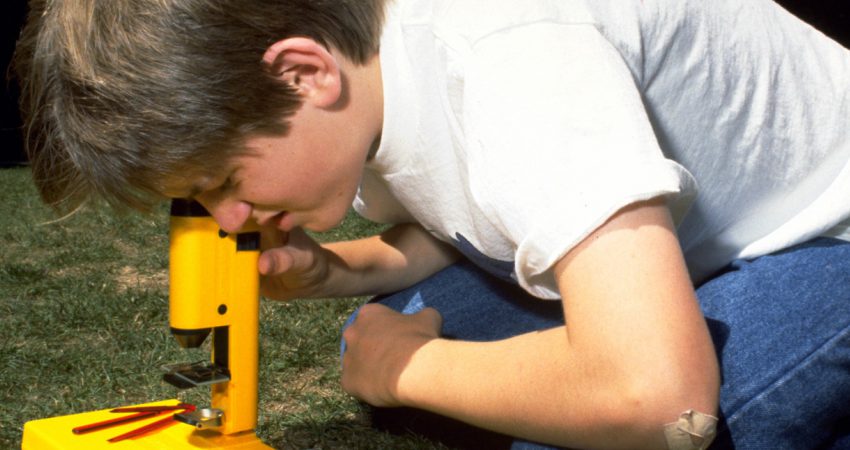
By Kerri Wingert - October 2014
PAPER CITATION
Hamlin, M. L. (2013). “Yo soy indígena”: Identifying and using traditional ecological knowledge (TEK) to make the teaching of science culturally responsive for Maya girls. Cultural Studies of Science Education, 8(4), 759–776. doi:10.1007/s11422-013-9514-7
Research Design
In this study, Hamlin identifies practical steps educators can take to learn about the communities in which they teach. A community’s values, traditions, and practices are called traditional ecological knowledge (TEK) by scholars in indigenous education (for example, Aikenhead & Michell, 2011). Once teachers understand the community’s TEK, they can use it to build compelling and relevant science lessons. Connecting school science to local knowledge has been shown to deepen student engagement.
Hamlin undertook this work for two reasons:
- To reveal the TEK of the Tz’utujil Mayan women, a Central American group largely ignored in current research
- To teach others about “producing Indigenous knowledge for indigenous peoples” (p. 764) through curriculum design
Hamlin positions herself as both an insider and outsider in her work: She is a Mayan woman but also a western-educated, English-speaking researcher. Hamlin uses a case study from her own work with a Mayan community to show how she helped the community identify its own locally held TEK, using ethnography and an instrument for collecting quantitative data on traditional knowledge called the Vitality Index of Traditional Environmental Knowledge (VITEK, Zent, 2008). She then used this information to collaborate with the community to develop and implement science curriculum for Mayan girls.
Findings
Hamlin proposes and tests a six-step process teachers can use to develop or modify curriculum so as to be more culturally relevant. The process centers on identifying the target community’s TEK as curricular building blocks.
- Step 1: Start “by participating and observing in the community” (p. 768) in contexts such as open-air markets, houses of worship, and other community gathering places. Next, generate questions for community members, such as “What do people do with the grain purchased in the market?” Then approach community members for interviews.
- Step 2: Check findings by talking to community members about their shared scientific knowledge. Ask elders and community members what they hope their students will learn.
- Step 3: Add or modify lessons in the curriculum to connect explicitly to TEK.
- Step 4: Present the lessons to the community for feedback and possible changes; revise if necessary.
- Step 5: Implement the lessons with students.
- Step 6: Reflect on and revise the lessons.
As Hamlin investigated the forms of TEK in the local community market, she discovered a rich history of place names in the local language that were related to ecology and entirely unrelated to the Spanish names. She also found that community members had a deep understanding of medicinal plants and their cultivation. After conversation with community leaders, she used these forms of TEK as the focus of learning opportunities in weekend informal education for participants in the Mayan Girls Project.
Theoretical Basis
Hamlin draws primarily from the field of indigenous science education. Linda Tuhiwai Smith (2012) and Gregory Cajete (1999), for example, have worked to reveal the rich scientific and technological histories of native communities and to build curricula that value TEK.
Other theorists influencing this work are Glen Aikenhead (1996) and Luis Moll (González, Moll, & Amanti, 2005). Recognizing the rich traditions and lives of students outside school, they work to bridge the sometimes-contrasting worlds of school and home understanding. Moll’s work on “funds of knowledge” is well known in the educational community. She employs Zent’s VITEK (2008) to identify and analyse ecological knowledge.
Together these theories help Hamlin argue that students bring to school a rich history of understanding rooted in their community lives. Creating bridges across multiple settings for learning can produce strong science identities, even for the most marginalized students.
Implications for Practice
Hamlin suggests that educators who seek to provide culturally responsive opportunities for learning need to make connections between school experiences and the rich lives of students outside school. Educators can begin this process by engaging with members of the target community in their own community spaces, to simultaneously let the community into the research and the researcher into the community. While this study focuses on a Mayan community in Guatemala, Hamlin’s process of curriculum development could be equally relevant in neighborhoods near museums, schools, and afterschool sites. Identifying and building on TEK is an important process for supporting culturally relevant science learning.
References
Aikenhead, G. S. (1996). Science education: Border crossing into the subculture of science. Studies in Science Education, 27, 1–52. Aikenhead, G. S., & Michell, H. (2011).
Bridging cultures: Indigenous and scientific ways of knowing nature. Toronto, CA: Pearson. Cajete, G. (1999).
Igniting the sparkle: An indigenous science education model. Skyand, NC: Kivaki Press. González, N., Moll, L. C., & Amanti, C. (Eds.). (2005).
Funds of knowledge: Theorizing practice in households, communities, and classrooms. Mahwah, NJ: Erlbaum. Smith, L. T. (2012).
Decolonizing methodologies: Research and indigenous peoples (2nd ed.). London, UK: Zed Books. Zent, S. (2008).
Methodology for developing a vitality index of traditional environmental knowledge (VITEK). Salt Spring Island, CA: Terralingua.




